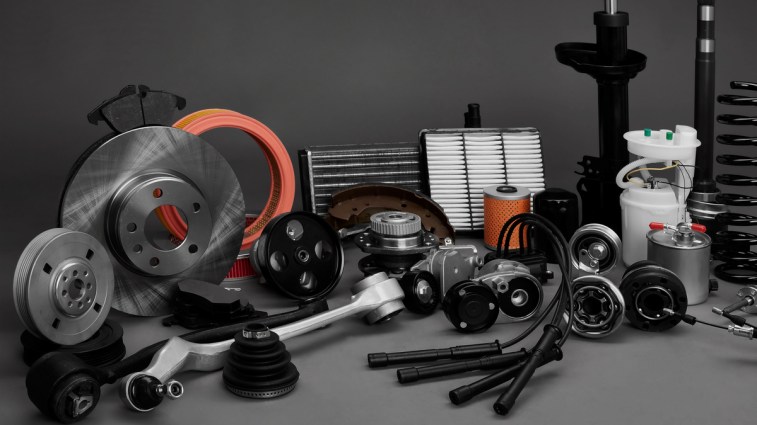Aftermarket parts are automobile parts made by third-party manufacturers as direct replacements or enhancements to the original equipment and options list.
If you ever require maintenance or repairs on your vehicle and take the car to a certified dealer for service, the parts used to make the repair should be from the original equipment manufacturer (OEM). If you go with an independent repair shop, you may have the alternative of cheaper parts available.
Aftermarket parts used for repair should be of comparable quality to OEM parts so that they can serve the same function under similar operating conditions. Aftermarket parts can also serve as upgrades to improve the look or performance of your automobile.
Certain aftermarket upgrades can have an impact on your car’s resale value. Adding custom alloy wheels, the addition of an upgraded sound system, or a body kit, may increase the value of your vehicle.
But there’s a downside, too. Each upgrade personalizes the car further, narrowing the possible purchaser pool. Too many upgrades, and you may have lowered the vehicle’s overall value, despite the upgrades’ combined value.
While aftermarket automobile parts can have an advantage over OEM parts in terms of efficiency, performance, and maybe the vehicle’s resale value, these benefits are not guaranteed. Nevertheless, a wide variety of aftermarket parts is available, extending your ability to personalize your automobile to suit your particular needs. Ensure any non-OEM parts you select are legal in your state and that adding an aftermarket part does not void the vehicle’s warranty.
If you have recently installed an aftermarket part and a warning light appears on your dash at startup, on-board diagnostics (OBD) codes can be scanned and indicate if the new aftermarket part is where the malfunction is occurring. See the Kelley Blue Book Guide to Understanding OBD-II Codes for more information on your car’s vital signs.








